Pros and cons
Before introducing artificial flowers into the interior of the house, you should evaluate all the advantages and disadvantages of such a decor. Arguments for":
- Maintenance free... No watering, transplants, fertilizers. You don't need to worry about them on vacation.
- Always look the same... Live plants can get sick, and cut bouquets wither and spoil the whole decoration with their sad appearance. Artificial flower arrangements remain intact for many years.
- Suitable for allergy sufferers... Allergies are a common reason for refusing fresh flowers. Artificial plants do not cause reactions, the main thing is not to forget to dust them off.
- Can be placed anywhere... In a wet bathroom, on a cold balcony, in a dark corner of a hallway without natural light.
- Create a cozy atmosphere... If you often go on business trips or you can't keep natural flowers for another reason, their copies will also add comfort to every room. High-quality "fakes" are almost indistinguishable from the originals.
- Interior decorations don't grow... Living ones need to be constantly cropped or changed location as they grow in size - the old pot and location for many becomes small in just a year.
Pictured is plastic grass in pots
Opponents of artificial colors in the interior have the opposite point of view:
- Items collect dust... The argument is doubtful, because real potted houseplants also need to be washed periodically in the shower or wiped with a damp cloth.
- May produce an unpleasant odor... When using cheap materials, new flower arrangements really smell bad.
- Cheaper design... To avoid this, choose high-quality decorative items.
- Evoke unpleasant associations... This is especially true for imitation of flowers - roses, carnations, chrysanthemums, etc.
Design options
Artificial flowers come in various shapes and everyone here chooses the one that suits their style.
Potted plants
They are produced in the form of small succulents, as well as large ficuses or palms. The most popular are flowers from IKEA: the assortment is represented by FEYKA and SMIKKA. The first one comes in the form of the usual artificial grass, and beautiful ampel flowers, trees and even flowering varieties (orchids, jasmine).
Small planters will be appropriate for a work or coffee table, kitchen countertop or above it (hanging on the rail). Large floor-standing ones are allocated space near the sofa or bed, and they also occupy free corners. Several tall flowers in a row are suitable for zoning instead of walls and partitions.
Artificial flower bouquets
They can be purchased ready-made, it remains only to put in vase without water. Or assemble it with your own hands by purchasing the components by the piece. The first option is simpler, the second is more versatile - you yourself choose what color and size the bouquet will be, what will be included in it.
By the way, bouquets are collected not only from blooming peonies or hydrangeas. To create compositions, decorative leafy branches are used - fern, eucalyptus, monstera and others. Such collections look unusual, while the eyes do not get tired of them as they do from flowers.
Take a look a selection of unusual plants for the home.
In the photo there are artificial flowers in the form of a phytowall
Flower arrangements
There are a lot of options here:
- assembled bouquets in vases or pots (usually parts without stems are used, they are simply glued to the base - there are small for the table or high for the floor);
- wreaths for placement on walls, doors, ceilings (have nothing to do with mourning accessories);
- floristic paintings (have a geometric shape, an alternative for posters and paintings in the living room or bedroom);
- decorative florariums (artificial plants in flasks);
- ikebana (usually flat, low, elongated - they are used to decorate tables, window sills);
- topiary (floral balls on legs).
When choosing, take into account the intended location, interior style, color scheme.
Garlands
Who said that they must be New Year's and luminous? Flowers on a long line are suitable for wrapping, decorating a table, windows, creating compositions.
What material is it made of?
Flowers in the interior differ not only in appearance, but also in the material of manufacture:
- Plastic... Ornamental flowers in pots or stems, branches for flowering options are more often produced from it.
- the cloth... Used for leaves, petals. Depending on the type and manufacturer, there are both natural cotton and artificial airy organza, latex, polyester. Home craftsmen often use satin ribbons. Finished compositions should be kept away from sunlight to prevent burnout.
- Foamiran... The finest decorative foam is easy to process, allows you to take into account the smallest details in the manufacture and make almost exact copies. Often used to create large-scale buds. An important nuance - it is better to keep products away from sources of heat and fire.
- Paper... Paper napkins, corrugated rolls or ordinary office sheets are used - it all depends on what kind of products you want to get.
- Polymer clay... Cold porcelain allows you to achieve the most accurate imitation, taking into account the smallest details - pistils, stamens, folds, bends. Craftswomen make bright bouquets and compositions from polymer clay that cannot be distinguished from real ones.
In the photo there are two floor vases with artificial orchids
Do you need care?
Although artificial plants do not need to be watered or transplanted, they do need to be regularly cared for. Caring for the decor is the main condition for maintaining an ideal appearance for many years..
First task - dust removal. To do this, you can use a pipidaster, a hairdryer with cold air, or a damp soft cloth. This should be done at least once a week, because dust accumulating on the surface not only spoils the appearance, but can also cause an allergic reaction.
Once every 1-3 months (depending on the state of the decor), the flowers are washed with vinegar solution, mixing table essence 1: 1 with clean water. The details are sprayed abundantly, or the composition is simply immersed in a basin of water. Vinegar disinfects, disinfects, refreshes, adds shine.
Important! Wet cleaning and washing are prohibited for flowers made of paper, polymer clay, foamiran.
In order not to spoil the appearance of flowers made of delicate materials, a dry cleaning method is used: for this, starch is poured into a large bag, the product is immersed and gently but intensively shaken. The smallest particles of starch will absorb unnecessary moisture and help clean the surface of dirt and dust.
In the photo, a delicate bouquet of roses in the living room
How do they look in the interior of the rooms?
Where to place the fake flowers? Ideas differ depending on the room:
- Living room... Coffee table, seat to the side of the sofa, wall above the sofa.
- Bedroom... Bedside table, wall above the bed, chest of drawers, free space at the closet wall.
- Hallway... Open shelf, empty corner on the side of the door.
- Kitchen... Dining table, worktop, shelf in glass front cabinet, open shelf, rail.
- Children... It is better not to use, as a last resort - a high cabinet lid.
- Bathroom... Countertop near the sink, corner of the bathtub, free shelf or wall drawer lid.
In the photo there are garlands of leaves on the wall
Do not limit yourself to bouquets on tables: pottery looks great on window sills or roof rails. Pictures are suitable for walls, wreaths for doors. Do not forget about phytowalls: they are used to decorate vertical surfaces in bathrooms, living rooms, hallways.
Flowers from artificial materials look good in combinations according to the rule of three: for example, two identical vases around the edges of a decorative mirror. Or three planters of different sizes on one stand.
Choosing a "variety" be guided by the style of the room: roses for classic interior, lavender will fit into provence, peonies and orchids in modern minimalism... Green decorations will best complement Scandinavian or eco-style.
Artificial flowers are a great alternative to real ones. The main thing is not to skimp on quality, then the bouquets or pots will look natural and will last for many years.

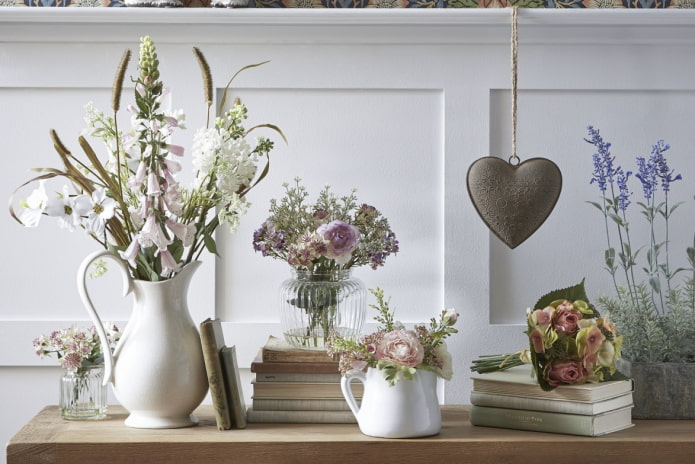
 10 practical tips for arranging a small kitchen in the country
10 practical tips for arranging a small kitchen in the country
 12 simple ideas for a small garden that will make it visually spacious
12 simple ideas for a small garden that will make it visually spacious
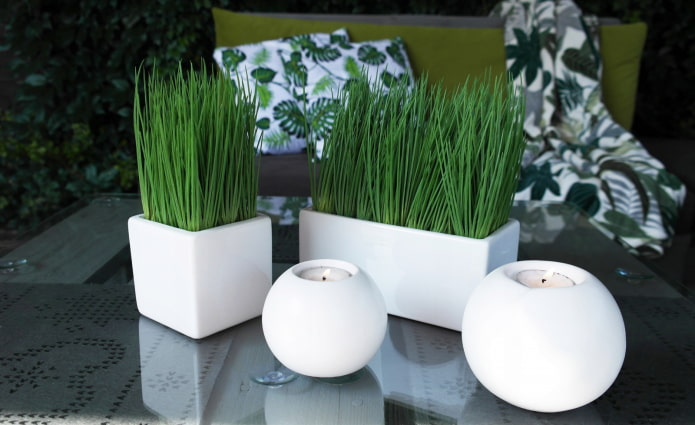
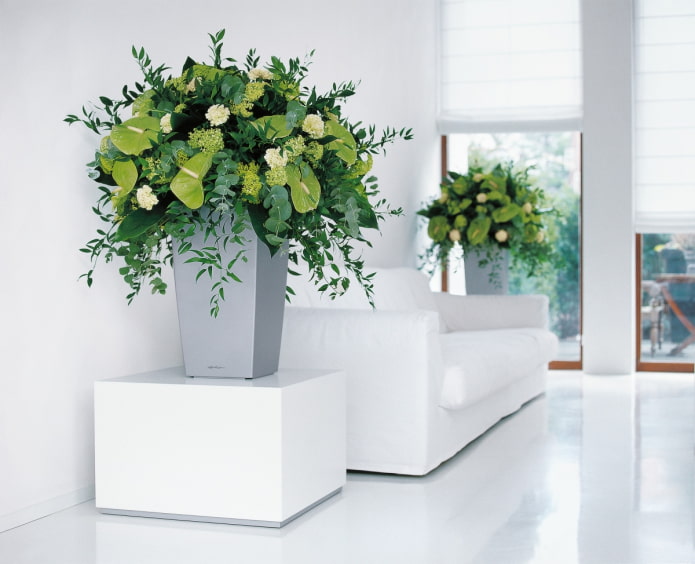
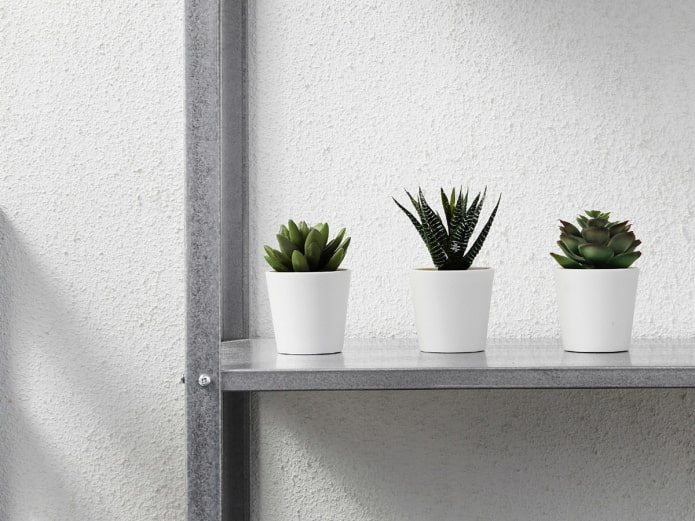

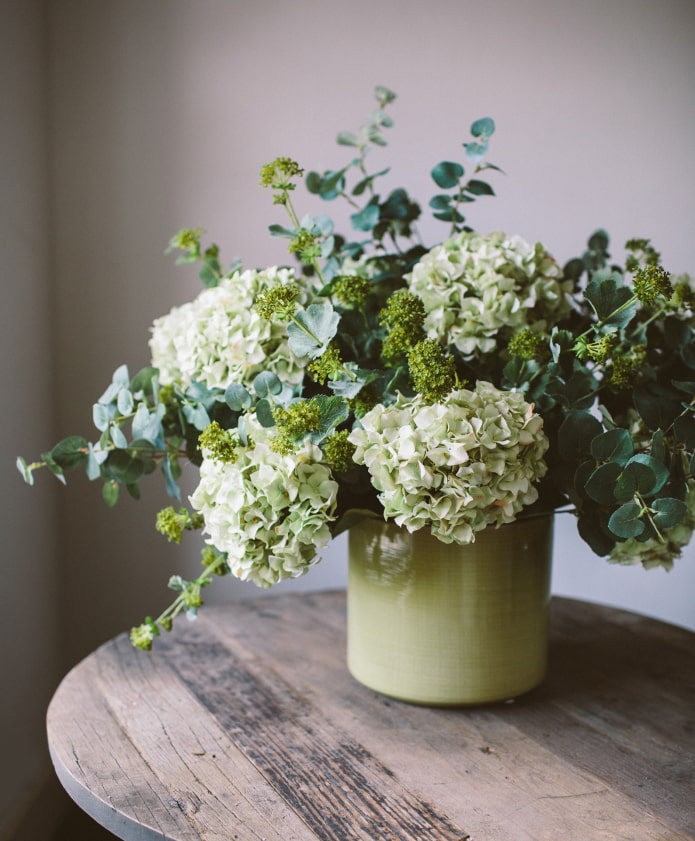
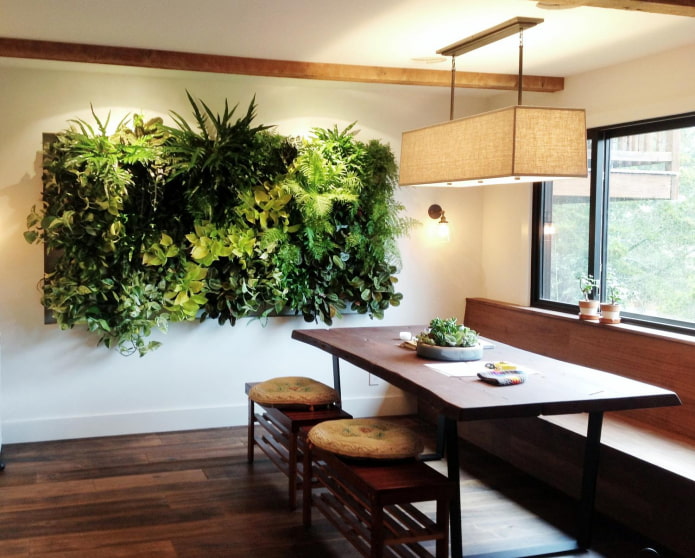
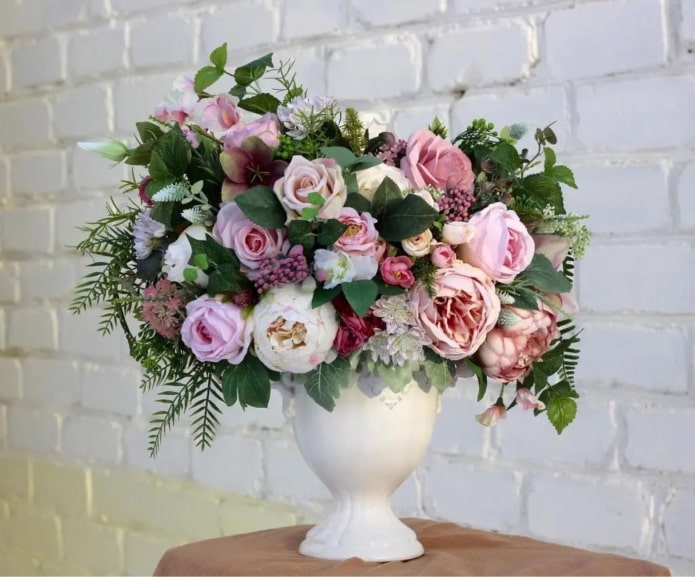
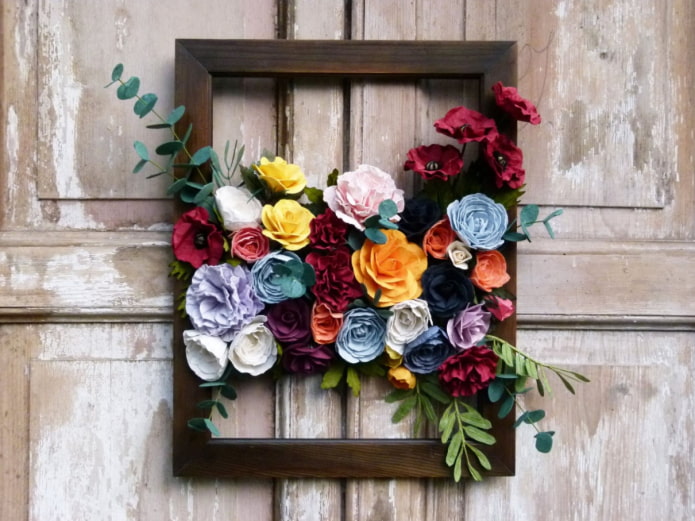

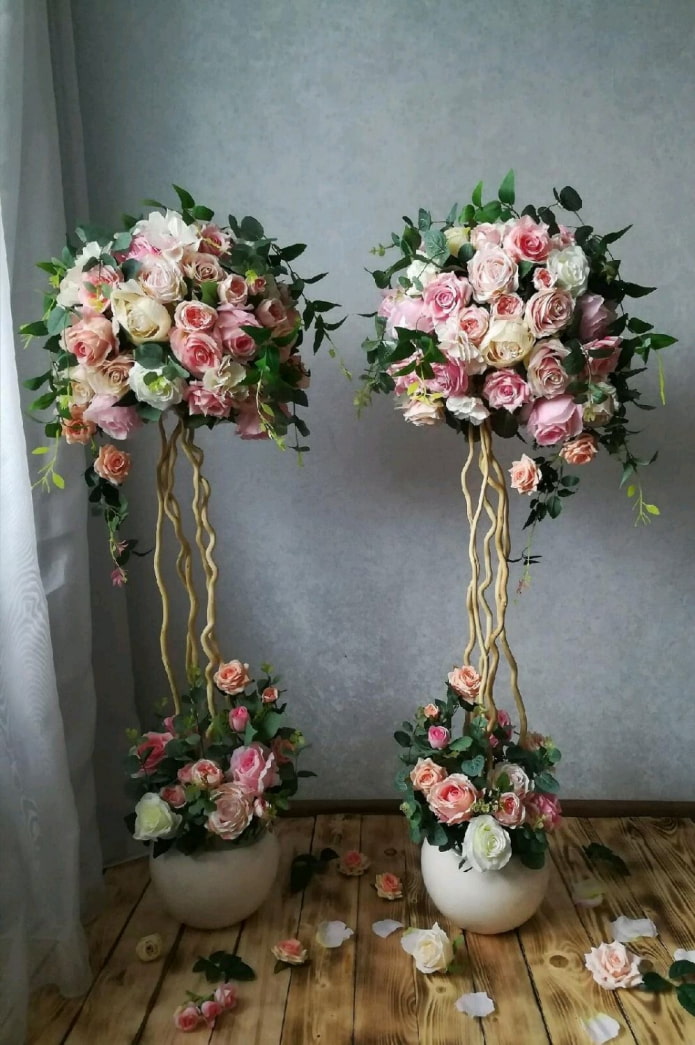
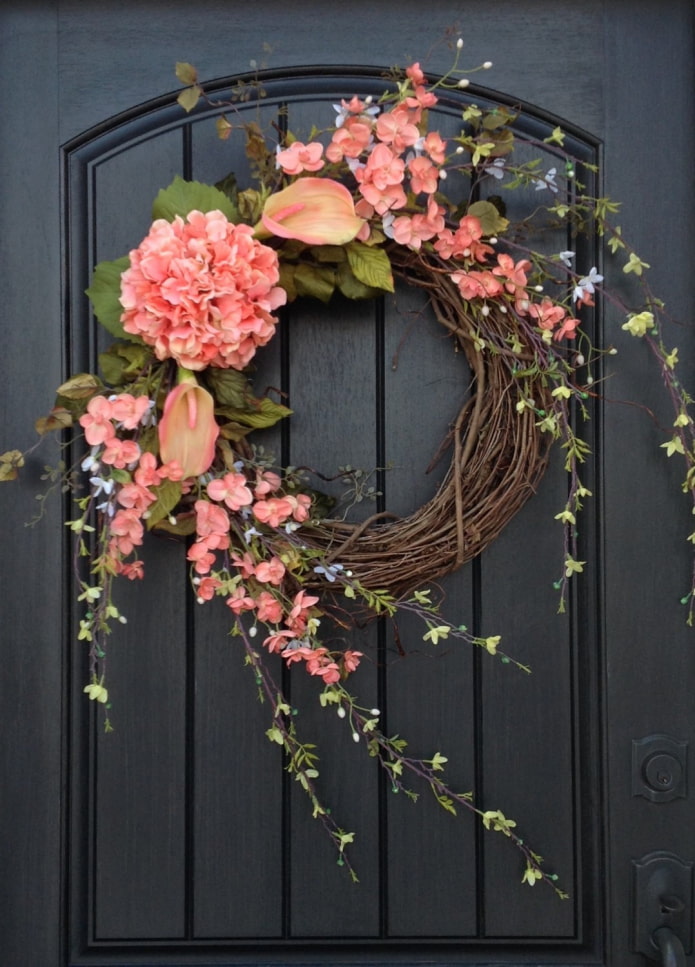
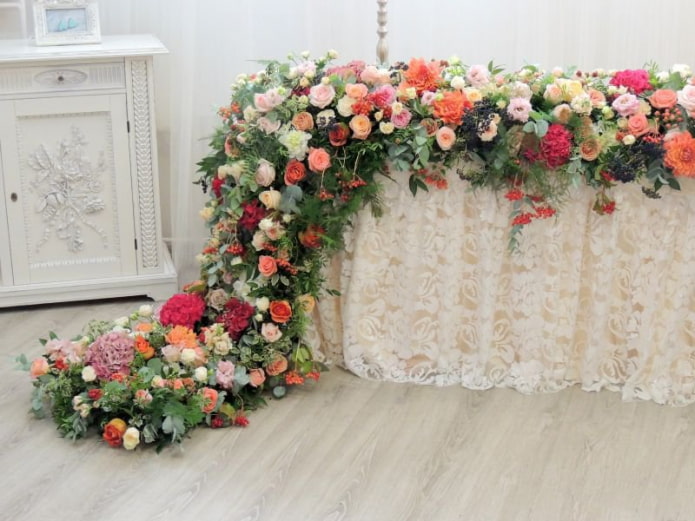
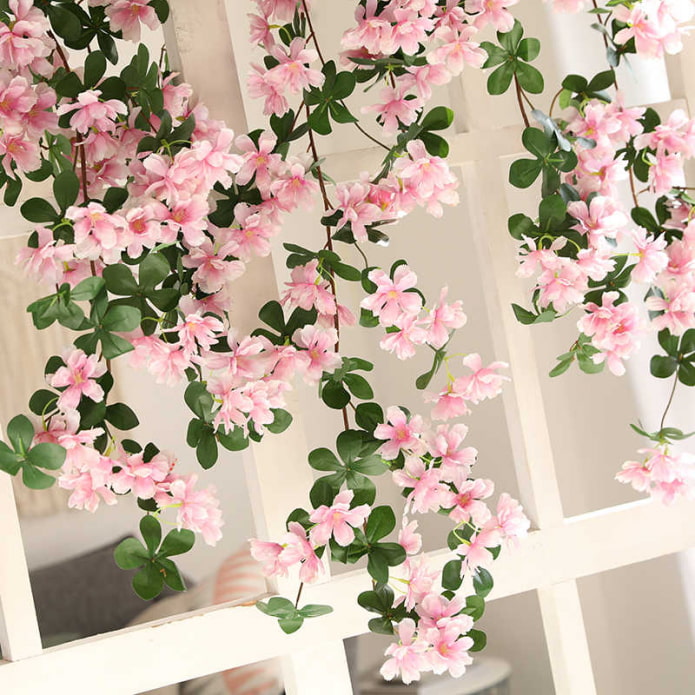
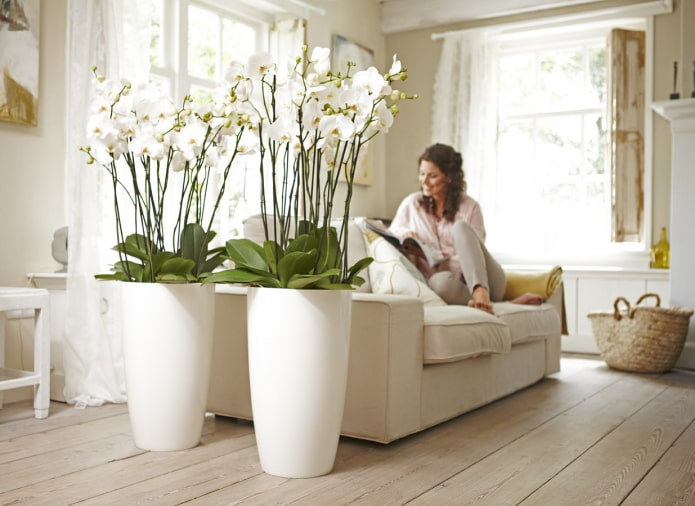
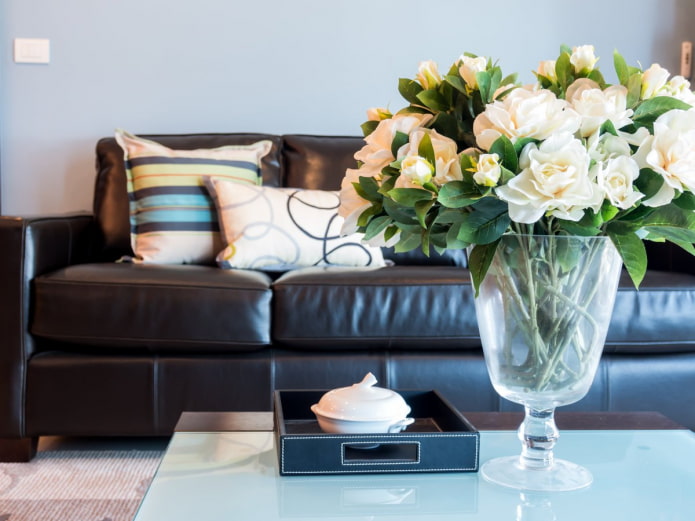
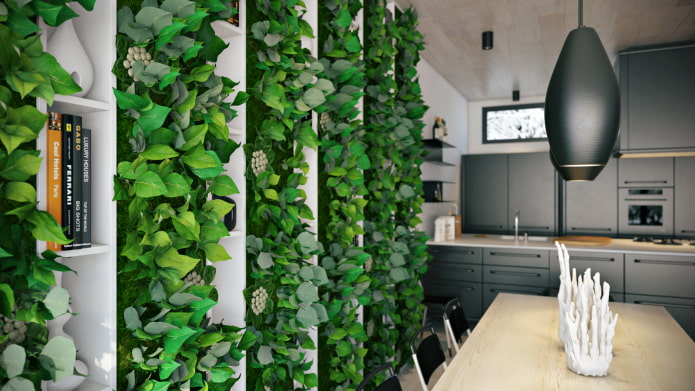
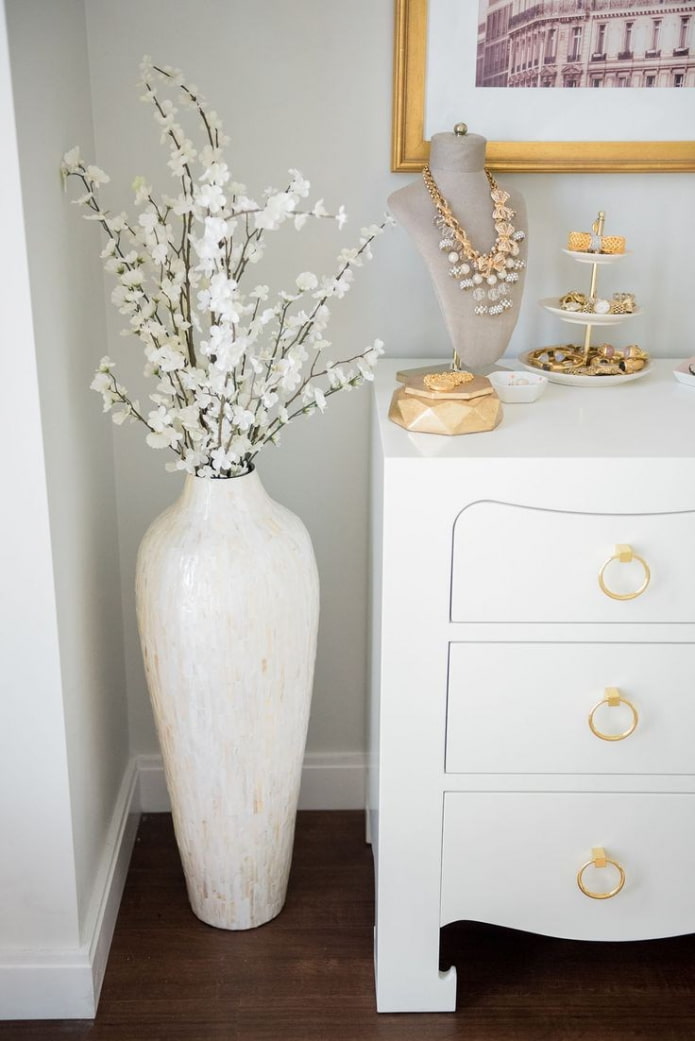
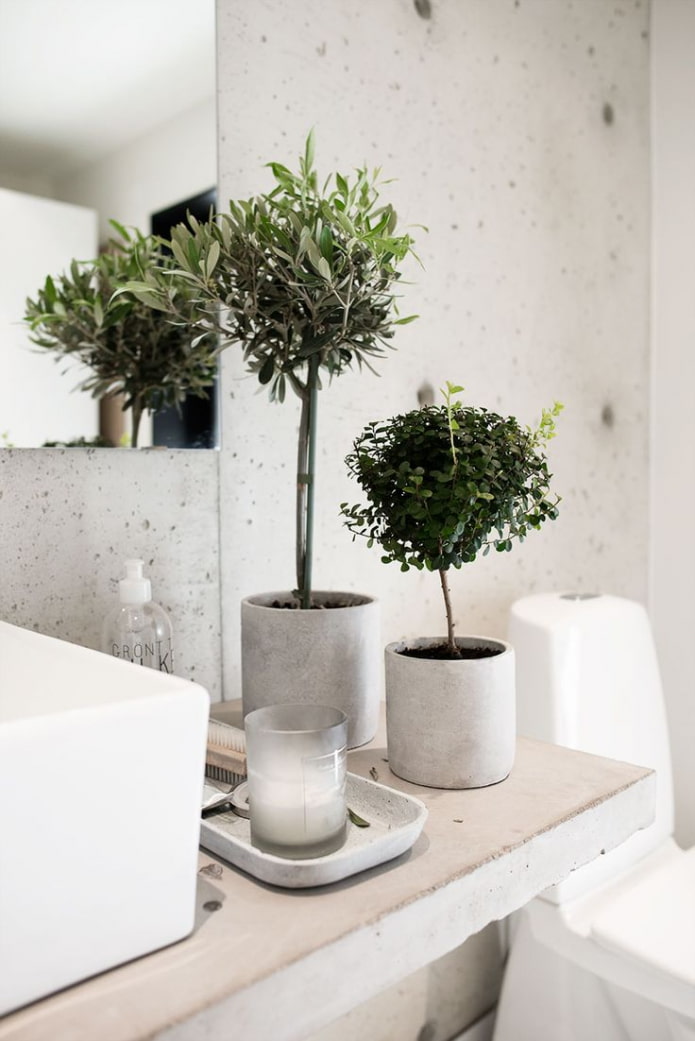

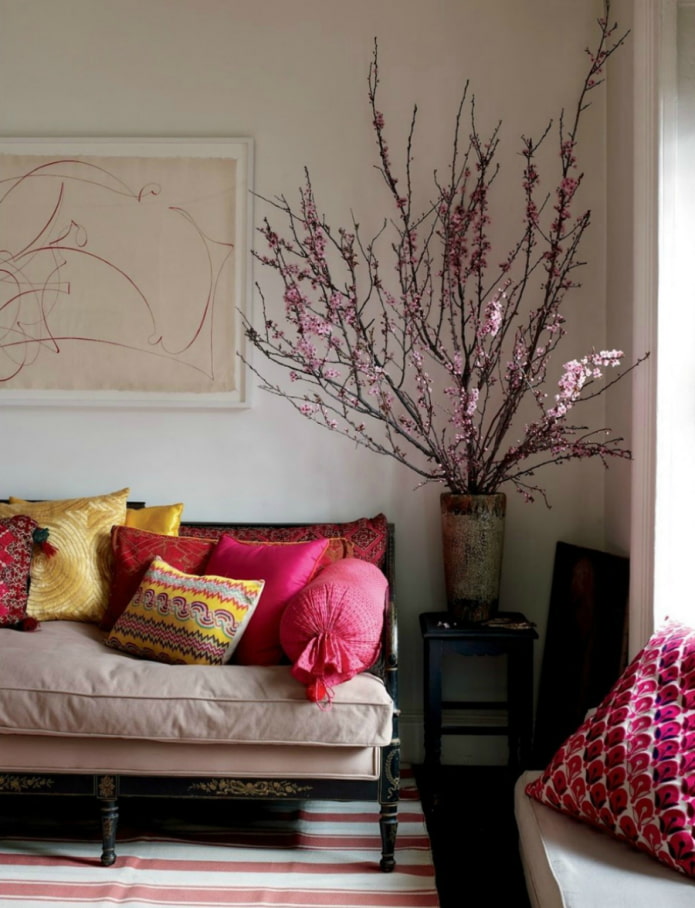
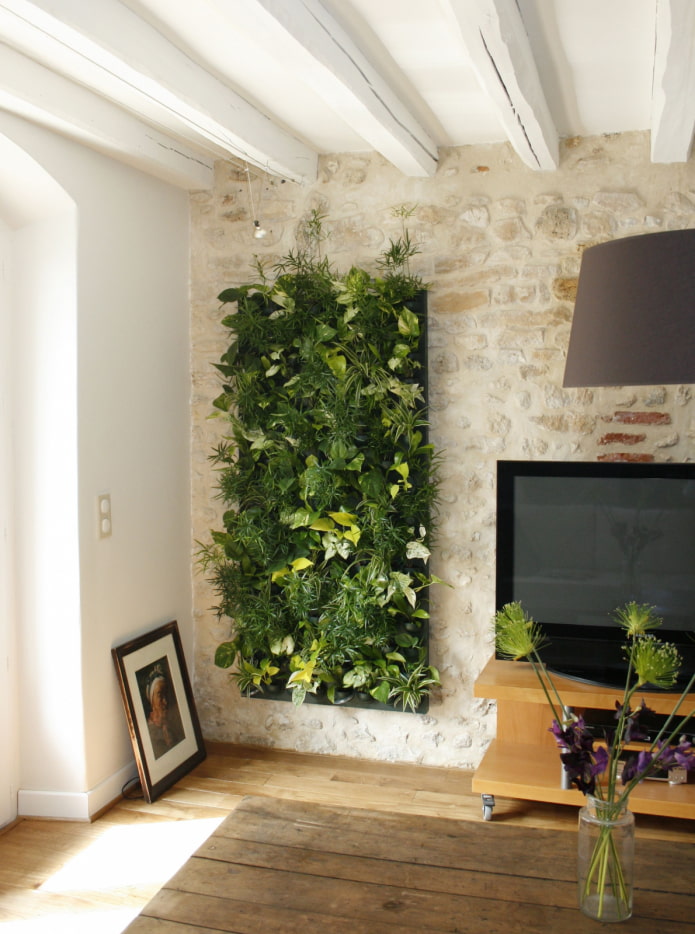
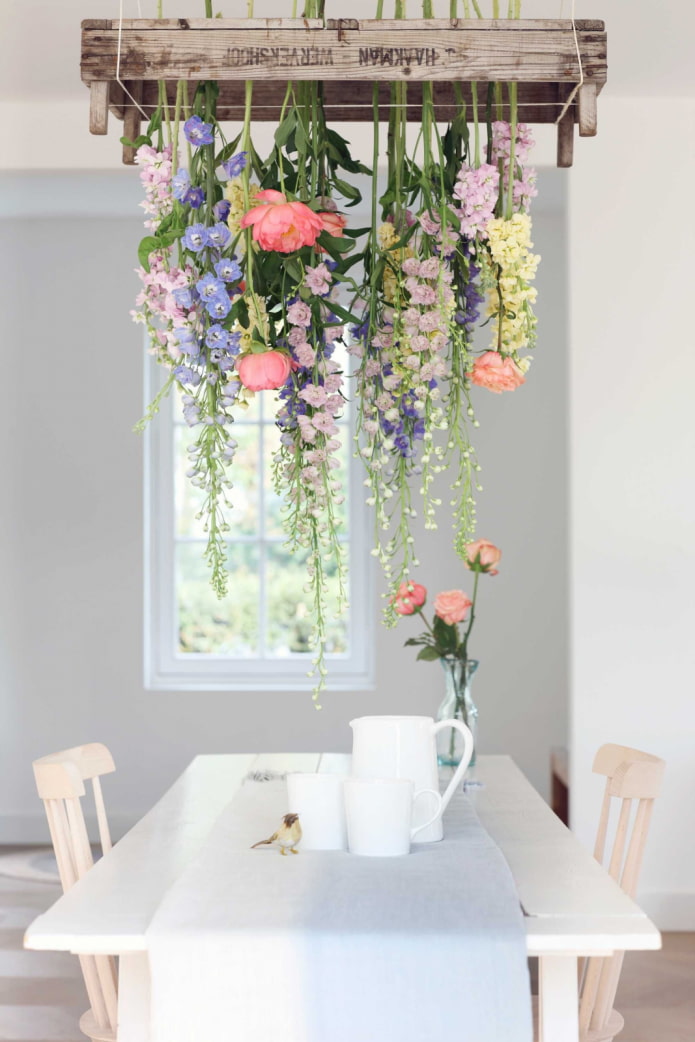
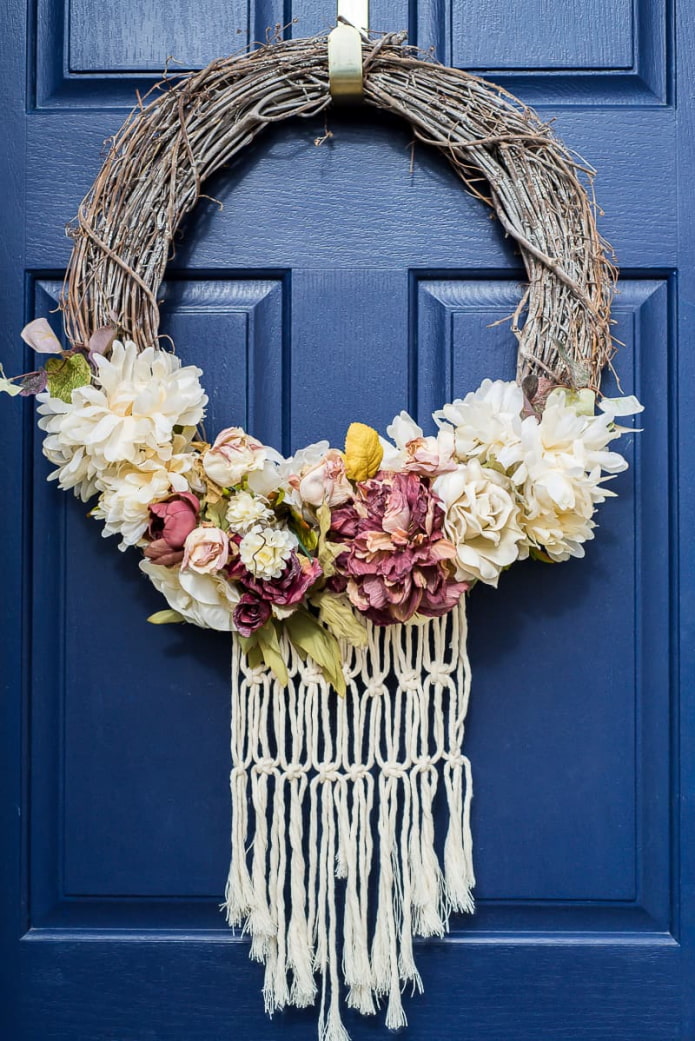
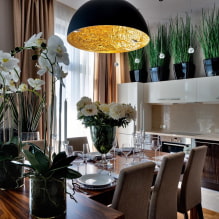



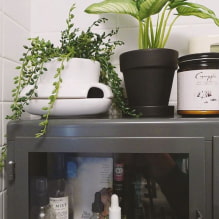
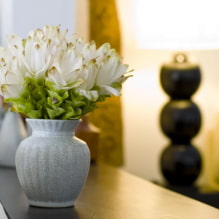
 13 bad habits a good housewife shouldn't have
13 bad habits a good housewife shouldn't have 24/7 home cleanliness - 4 secrets for the perfect housewife
24/7 home cleanliness - 4 secrets for the perfect housewife 6 hotels in Sochi that will give odds to the promoted foreign hotels
6 hotels in Sochi that will give odds to the promoted foreign hotels Top 10 interior design trends 2020
Top 10 interior design trends 2020 Rating of cheap TVs with Smart-TV
Rating of cheap TVs with Smart-TV New Year's LED garlands on AliExpress - we disassemble while it's hot, so that it's bright at home
New Year's LED garlands on AliExpress - we disassemble while it's hot, so that it's bright at home